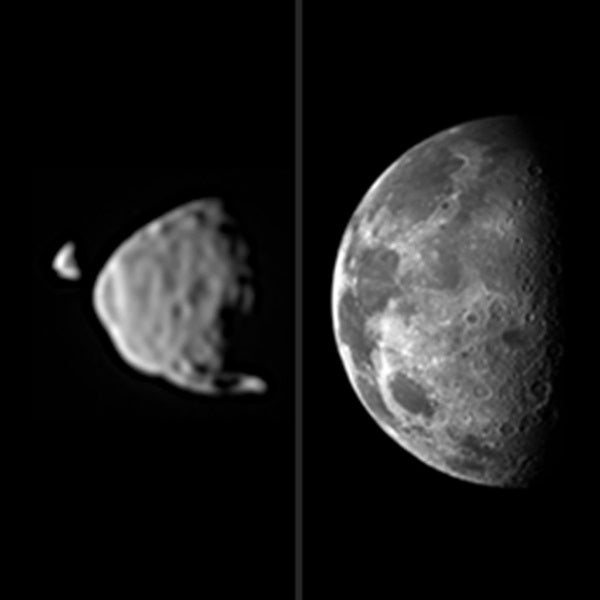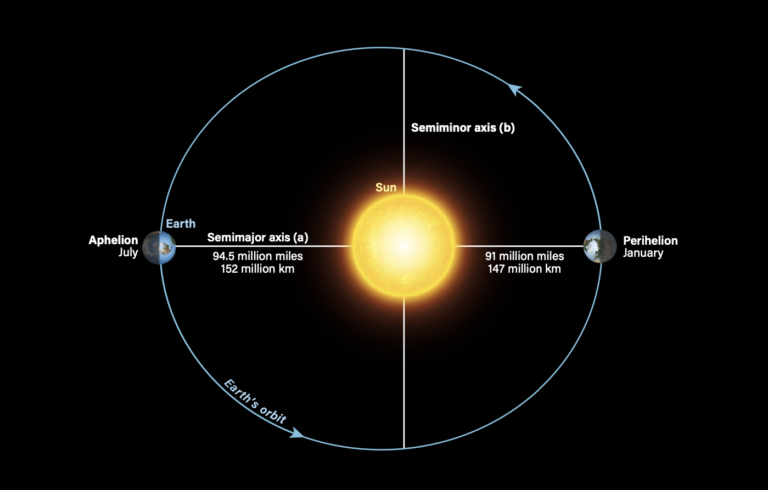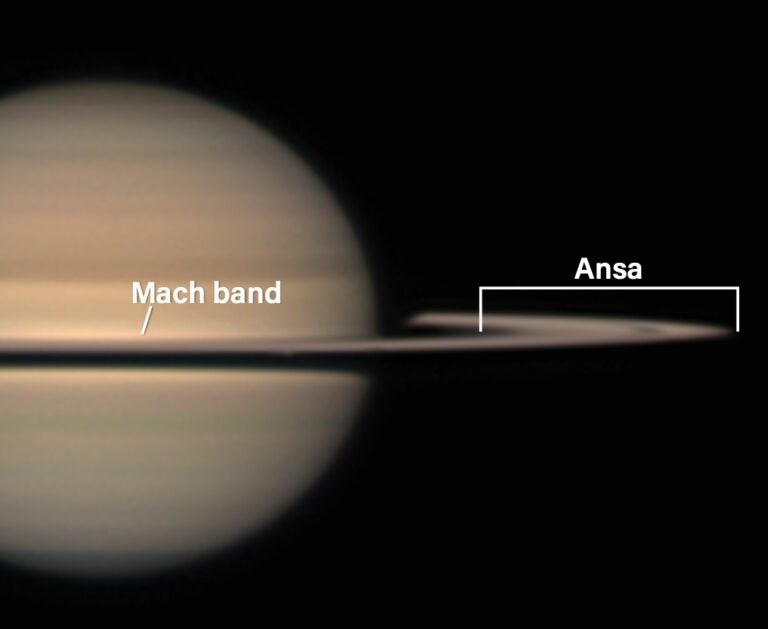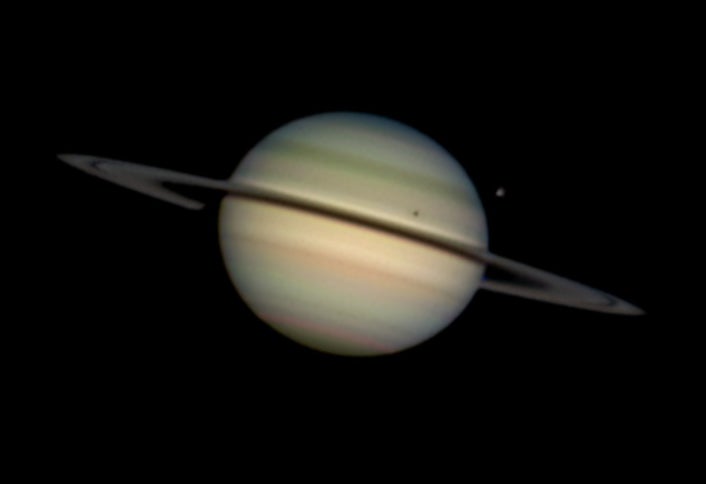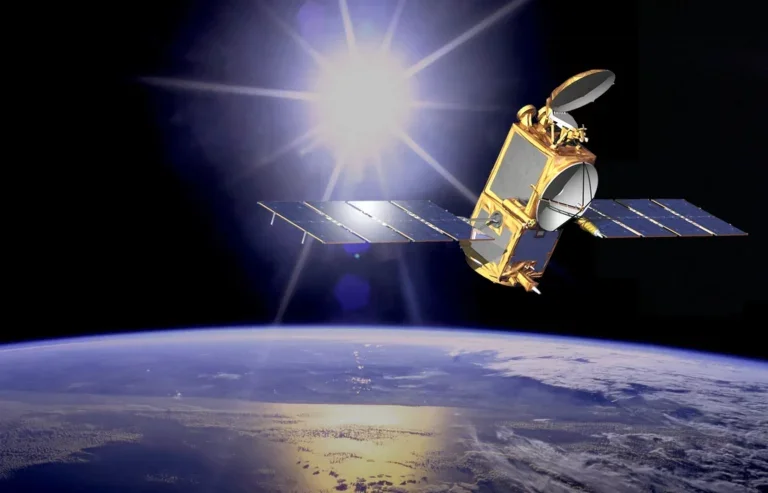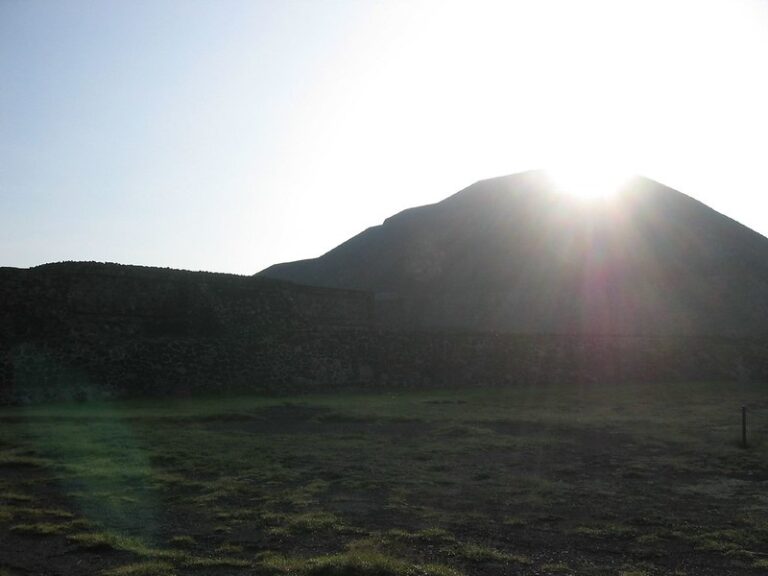Large craters on Phobos are clearly visible in these images from the surface of Mars. No previous images from missions on the surface caught one moon eclipsing the other.
The telephoto-lens camera of Curiosity’s two-camera Mast Camera (Mastcam) instrument recorded the images August 1. Some of the full-resolution frames were not downlinked until more than a week later in the data-transmission queue behind higher-priority images being used for planning the rover’s drives.
These observations of Phobos and Deimos help make researchers’ understanding of the moons’ orbits even more precise.
“The ultimate goal is to improve orbit knowledge enough that we can improve the measurement of the tides Phobos raises on the martian solid surface, giving knowledge of the martian interior,” said Mark Lemmon of Texas A&M University in College Station. “We may also get data good enough to detect density variations within Phobos and to determine if Deimos’ orbit is systematically changing.”
The orbit of Phobos is very slowly getting closer to Mars. The orbit of Deimos may be slowly getting farther from the planet.
Lemmon and colleagues determined that the two moons would be visible crossing paths at a time shortly after Curiosity would be awake for transmitting data to NASA’s Mars Reconnaissance Orbiter (MRO) for relay to Earth. That made the moon observations feasible with minimal impact on the rover’s energy budget.
Although Phobos has a diameter less than 1 percent the diameter of Earth’s moon, Phobos also orbits much closer to Mars than our moon’s distance from Earth. As seen from the surface of Mars, Phobos looks about half as wide as what Earth’s moon looks like to viewers on Earth.
NASA’s Mars Science Laboratory project is using Curiosity and the rover’s 10 science instruments to investigate the environmental history within Gale Crater, a location where the project has found that conditions were long ago favorable for microbial life.

